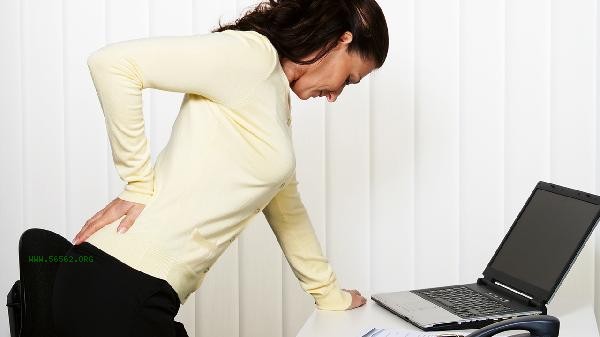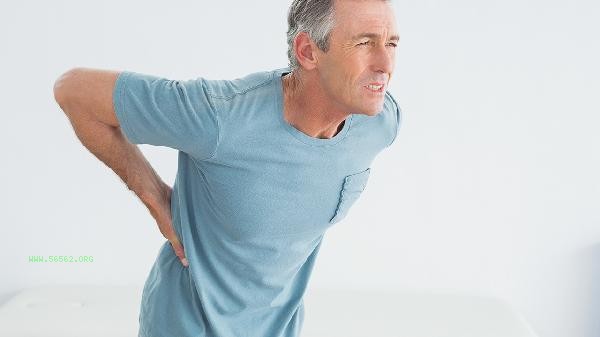Lower back pain after sit ups may be related to improper posture, but there are also other causes. Common reasons include insufficient strength of the core muscle group, compensatory force in the lumbar spine, excessive movement speed, excessive training intensity, and previous lumbar injuries that have not healed.

1. Weak core muscle group
When the strength of the rectus abdominis and transverse abdominis muscles is insufficient, the lumbar muscles will excessively participate in exerting force. Long term use of lumbar compensation to complete movements can easily lead to strain on the erector spinae muscles. It is recommended to first strengthen core strength through static training such as flat support, and then gradually try dynamic abdominal curling.
2. Lumbar compensation force
When getting up, using both hands to hold the head and pull the neck forcefully, or excessively arching the back to make the lumbar spine leave the ground, will increase the pressure on the intervertebral disc. The correct approach is to keep the lower back on the ground, use only abdominal strength to lift the scapula off the ground, and lightly touch the ear side with both hands.
3. Out of control movement rhythm
Rapid explosive sit ups can exacerbate lumbar impact. During the descent phase, it is particularly important to control the speed to avoid the body falling freely and hitting the ground. It is recommended to adopt a rhythm of 2 seconds of getting up and 3 seconds of slow descent, with a break of at least 30 seconds between each movement.

4. Excessive training intensity
Training more than 20 standard sit ups in a single session may cause muscle fatigue. When experiencing lower back pain, training should be stopped immediately and movements that exert less pressure on the lumbar spine, such as leg lifts or aerial cycling, should be used instead. Train 3 times a week, with 3 groups per session to achieve the desired exercise effect.
5. Hidden dangers of unresolved old injuries
For those with a history of lumbar disc herniation and lumbar muscle strain, sit ups may worsen the condition. For this group of people, it is recommended to choose low impact exercises such as swimming or yoga. If necessary, rehabilitation therapy can be performed to improve waist function before attempting abdominal training.

If persistent back pain occurs, it is recommended to suspend training and seek medical examination. Daily exercises can strengthen waist and abdomen coordination, such as dead insect movements, bird and dog movements, etc. Warm up and stretch before and after exercise, use yoga mats to cushion pressure, and pay attention to the coordination between breathing rhythm and movement quality during training, which is more important than completing quantity. Individuals with a larger body weight can first lose weight through dietary control, and then gradually incorporate abdominal training.






Comments (0)
Leave a Comment
No comments yet
Be the first to share your thoughts!